Executive Summary
Many financial advisors take pride in the comprehensive nature of the advice they provide to clients and use the variety of services offered as a point of differentiation between themselves and other types of advisors. Though, at some point, covering a large number of financial planning topics can eat into an advisor's time, which is problematic if clients won't pay substantially more to receive that more comprehensive advice. For advisors who are feeling a time crunch from producing extensive comprehensive plans, but having trouble commanding a premium fee from clients for their additional work, there are a variety of ways to reduce this burden (from getting outside help, to changing the way plans are developed) while continuing to meet the planning needs that their clients are willing to pay for.
The results of the 2022 Kitces Research study on "How Financial Planners Actually Do Financial Planning" show that financial plan comprehensiveness has increased over time as advisors try to do more and more for clients to validate their fees, hitting them with a proverbial "sledgehammer of value". In the research data, this is reflected in a big uptick in advisors doing the most comprehensive plans: 54% of respondents offered "Extensive" plans (with at least 13 planning components) in 2022, up from 35% in the 2020 edition of the study and 39% in 2018. At the same time, the percentage of advisors offering "Broad" plans ('only' 10–12 components, less than the most Extensive plans) fell to 23% in 2022, from 35% in 2020 and 31% in 2018, and those offering "Narrow" plans (6–9 components) dropped to 18% from 23% in both 2020 and 2018. Further, the study found that client age was a key variable driving plan breadth, with a younger median client age being associated not with 'simpler' plans but instead with more extensive plans for their uniquely complex needs.
Unsurprisingly, service teams producing plans covering the widest breadth of topics tend to spend more time preparing them, according to the Kitces Research data, and this appears to come at a financial cost for these advisors, as those producing Extensive plans had lower median revenue per advisor and take-home income compared to those producing less-comprehensive plans. Which implies that advisors who are providing such "premium" financial plans – as measured by their breadth and comprehensiveness – are struggling to charge a "premium" fee for that work, resulting in a decrease in productivity and profitability.
However, this doesn't mean that advisors need to sacrifice the quality of service they provide their clients in order to reduce the time they spend producing plans. For instance, rather than trying to be an expert in the full range of planning areas, advisors could focus on 1 or 2 narrow but especially relevant service areas to 'go deep' for their ideal target clients, which not only would reduce the time spent developing plans on a broader number of topics but also could attract clients whose more specialized planning needs reflect the specific topics chosen. In addition, advisors could reduce the amount of time they spend on plan development by bringing on staff assistance (e.g., in the form of an associate planner or paraplanner) or engaging outsourced planning service providers. Finally, Kitces Research data indicate that developing plans in collaboration with clients (i.e., putting the planning software on a big screen to walk through together, rather than preparing a custom pre-written plan for each) could reduce the time advisors spend preparing plans.
Ultimately, the key point is that as advisors increasingly provide comprehensive plans that examine a wider range of planning topics for their clients, the question of whether using the "sledgehammer of value" meets both the specific needs of clients as well as supporting a healthy advisory business (by being able to charge effectively for the time it takes to produce such lengthy plans) becomes more important. And for advisors who do feel overwhelmed, there are a variety of ways to reduce the burden of providing the most comprehensive plans, from focusing on the advisor's unique value proposition to outsourcing financial plan preparation tasks to changing their approach to plan delivery, which can all help advisors reduce the time they spend on plan preparation while still providing a high level of service to their clients!
Many financial advisors take pride in the comprehensive nature of the services they provide to clients and use the breadth of services offered as a point of differentiation between themselves and other types of advisors (e.g., robo-advisors that are strictly focused on investment management or other advisors who are "investment-only" and don't have offer financial planning advice). At the extreme, this can lead advisors to use a metaphorical "sledgehammer of value"', inundating prospects and clients with the sheer volume of services the advisor can provide throughout the year to slam home the sheer amount of value they provide (and validate the fees that they charge!).
However, taking extra time to offer an extra (broader) range of services only works if advisors can actually charge a premium fee for the additional services provided; otherwise, the extra advice just takes up an advisor's (limited) time for the same fee, which could potentially reduce the number of clients they are able to work with and the overall economic viability of the firm.
In fact, data from the 2022 Kitces Research study on "How Financial Planners Actually Do Financial Planning" indicate that while financial plans have become more extensive over time, planning fees have not necessarily kept up. Which indicates that advisors are doing more work but not getting paid more for the additional work they're doing!
And so, for those advisors who are feeling a time crunch (and profitability challenges!) from producing the most extensive financial plans, there are a variety of potential ways to reduce this burden (from getting outside help to changing the way plans are developed) while continuing to meet their target clients' planning needs!
Financial Plans Have Become More Extensive, Because Younger Clients Are Actually More Complex!
The rise of robo-advisors in the early 2010s put pressure on the financial advisor community, as the robo solutions were offering asset allocation and trade execution services at a lower price point than most financial advisors. This led many advisors to expand into financial planning – and those already providing financial planning to offer an even broader range of planning services as a way to further differentiate themselves from the robos (and other human advisors) – which many consumers responded to positively, according to a 2022 study conducted by Vanguard.
In the Vanguard research, clients with human advisors estimated that they received more portfolio, financial, and emotional value from their advisor than clients of robo-advisors (though notably, while respondents preferred that certain functions be carried out by humans [e.g., making the clients feel listened to and understood], they preferred digital tools for other planning-related items [e.g., diversifying investments]).
As a result, many advisors feel the ongoing pressure to cover more financial planning topics to earn their fees. And the irony is that despite the conventional view that younger clients are 'simpler', in practice, it's the next-generation clients that are proving to be the most complex and most interested in more comprehensive financial planning!
Growing Financial Plan Breadth
The 2022 Kitces Research study on "How Financial Planners Actually Do Financial Planning" sought to quantify, among other aspects of financial planning, the changing number of components in financial plans over time by asking advisors to identify the services (from up to 21 different planning topics, including an "other" category) that they offer to their clients.
The study found that plan comprehensiveness has gone up over time, with a big uptick in advisors doing the most comprehensive plans: 54% of respondents offered "Extensive" plans (these firms included at least 13 components from the list, with a median of 15) in 2022, up from 35% in the 2020 edition of the study and 39% in 2018. At the same time, the percentage of advisors offering 'Broad' plans (10-12 components) fell to 23% in 2022, from 35% in 2020 and 31% in 2018, and those offering 'Narrow' plans (6-9 components) dropped to 18% from 23% in both 2020 and 2018.
The research also found differences in plan comprehensiveness based on how advisors generate the majority of their revenue. For example, those who get most of their revenue from retainer fees have a median of 15 components in their plans, compared to 14 for hourly fees, 13 for Assets Under Management (AUM)-based fees, and 10 for commissions, indicating that advisors who get a majority of their revenue from fees tend to offer more comprehensive plans to earn those fees.
Perhaps unsurprisingly, retirement planning, investment planning, and tax planning were the 3 most commonly offered services by study respondents, all with adoption rates greater than 90%. Other popular areas, with at least 80% adoption, included savings, life insurance, cash flow, and estate planning.
Client Age As A Driver Of Plan Breadth
Traditionally, pre-retirees and retirees have been the target clients for many AUM-fee-based advisory firms as they tend to have more assets (to meet AUM fee minimums) and are confronting the complexities of ensuring financial sustainability after their working years. But the rise of fee-for-service planning models, among other factors, has increased the number of advisors working with younger clients.
And it turns out that age is a significant driver of plan breadth (as younger clients tend to be associated with the most comprehensive plans!). For example, only 49% of firms with an average client age of 55 years or older reported offering 'Extensive' plans (with at least 13 components), while 65% of firms with an average client age below 55 reported the same way!
Overall, firms with younger clients offered plans with a median of 14 elements, compared to 12 elements for those working with older clients. This makes intuitive sense given that while several planning areas surveyed are applicable to both working-age and retired clients (e.g., investment and cash flow planning), certain areas are less applicable to older clients.
These included disability insurance (78.3% offered versus 64.9% of firms working with older clients), business consulting (28.7% versus 16.5%), and stock options (67.3% versus 53.9%), among others (it is worth noting that there were a few planning areas that were more common to firms with older clients, including retirement planning [98.6% versus 90.9%] and long-term care insurance [78.9% versus 67.7%]). Which affirms that younger clients aren't necessarily 'simpler'; they just need less investment advice and more types of financial planning advice – beyond what's traditionally offered (i.e., "not simpler, just different in complexity!").
Further reinforcing the point, it turns out that while average client age appears to be an important factor driving plan breadth, average client AUM appears to play a less important role, particularly for those clients in the middle of the studied wealth spectrum.
For instance, financial plans from firms whose typical client assets are less than $250,000 had a median of 12 components, while those serving clients with an average of $250,000–$749,000, $750,000–$1.49 million, $1.5 million–$2.99 million, and $3 million–$9.99 million all had a median of 13 components. Only when the average client AUM exceeded $10 million did the median number of components increase again to 14.
Planning topics more likely to be covered at the highest end of the wealth spectrum include business consulting, life insurance (given the emergence of Federal estate tax issues and business buy/sell continuity concerns), and property and casualty insurance (given the additional liability exposures that come with much-greater wealth).
Overall, the Kitces Research data paint a picture of advisors doing more for their clients in the planning process, and that the trend is towards doing more for clients as the years go by. And while this can be beneficial for clients (who receive a wider breadth of planning services for the fee they pay), it raises the question of whether the amount of time advisors spend preparing plans is increasing (to cover a larger number of planning areas) and, if so, whether they are being compensated in a commensurate manner for the additional work.
Why Unleashing The "Sledgehammer Of Value" Doesn't Necessarily Pay Off For Advisors
Advisors might assume that the more planning services they offer, the more revenue and income they will generate. But Kitces Research data suggest that this is not necessarily the case, and that those advisors that offer the most extensive plans might be doing so at a cost to their time, revenue, and take-home income compared to advisors creating plans with fewer components.
Service Teams Spend More Time Preparing Most Comprehensive Plans
Unsurprisingly, advisory service teams that prepare plans with the greatest breadth tend to spend the most time creating them. For example, Kitces Research data show that service teams preparing "Extensive" plans (those with at least 13 planning areas) spend a median of 10 hours to prepare a new plan, compared to those creating Broad plans (10–12 components), which take 9 hours, as well as "Narrow" plans (6–9 components) and "Targeted" plans (fewer than 6 components), both of which take a median of 8 hours.
increased amount of total team time spent per client in the client's first year. For example, service teams offering Extensive plans spend a median of 32 hours on all client tasks in the first year, compared to about 27 hours for those providing Broad plans, 21 hours for "Narrow" plans, and 29 hours for "Targeted" plans. Notably, this additional workload extends into the 2nd year with the client as well, as service teams producing "Extensive" plans spend a median of 23 hours on total client tasks in the 2nd year, compared to 21 hours for Broad plans, 18.5 hours for "Narrow" plans, and 12.5 hours for "Targeted" plans.
Comprehensiveness of Plans Is Not Correlated With Higher Revenue Or Earnings
Given that service teams providing the most extensive financial plans are spending more time preparing plans and serving clients, it might be expected that doing so would generate more revenue and income for advisors than those preparing less comprehensive plans. However, Kitces research data suggest that this is not the case!
For example, median revenue per advisor is highest for those producing Targeted and Broad plans, netting approximately $405,000 and $400,000, respectively, compared to $360,000 for those producing "Extensive" plans. Median revenue per team member also lags for advisory teams producing Extensive plans at $200,000, compared to $250,000 for those producing "Broad" plans.
The cost of producing the most comprehensive plans shows up in advisors' personal bottom lines as well, as those producing Extensive plans have a median take-home income of about $190,000, compared to $250,000 for those producing "Broad" plans, $200,000 for "Narrow" plans, and $248,000 for "Targeted" plans.

Nerd Note:
Both the revenue and take-home income figures show that firms producing "Targeted" plans (i.e., the least comprehensive plans that cover fewer than 6 planning areas) have higher per-advisor and per-team member revenue than those producing the most comprehensive plans and only slightly trail "Broad" plans by $2,000 for the highest advisor take-home income.
This could reflect that advisors producing "Targeted" plans were more likely than other advisors to get the majority of revenue from commissions (where focusing on areas like investment or insurance could pay off in the form of revenue from product sales) and hourly planning (where advisors could focus their time on a few high-value planning areas for which their clients would be willing to pay similar dollar amounts as broader plans).
Overall, these data points suggest that for advisors who want to offer comprehensive planning services (i.e., beyond "Targeted" plans with fewer than 6 topics), there is a potential profitability 'sweet spot' of between 10–12 topics that balances the time it takes for an advisor to produce and deliver such a plan with their clients' willingness (and/or ability) to pay for it!
Younger Clients Associated With Reduced Advisor Revenue And Income
As discussed earlier, 65% of advisors whose average client age is below 55 produce "Extensive" plans (i.e., plans addressing at least 13 areas of financial planning), compared to only 49% of advisors working with older clients. But despite these more comprehensive plans, advisors working with younger clients tend to trail behind those working with older clients in terms of revenue and income.
For instance, those working with clients whose average age is at least 55 bring in a median of $448,120 of revenue per advisor and $6,190 of revenue per client, compared to $240,000 of revenue per advisor and $3,515 of revenue per client for those working with younger clients. Further, those working with older clients have a median take-home income of $247,000, compared to $170,000 for those working with younger clients.
Which suggests that younger clients appear to be demanding (and receiving) a broader range of planning services (that, in total, tend to lead to more advisory team preparation time). And while they are showing a willingness to pay for these services, it does not appear that they are doing so at the level of older clients – or more directly, at a level commensurate with the amount of work it actually takes to produce and deliver such financial plans.
However, it is unclear whether this is due to a lack of willingness to pay more, whether they simply do not have the same ability to pay a higher fee as older clients, or whether advisors are just underpricing their services for younger clients out of an assumption that they won't pay (when perhaps, in reality, they would if they were simply told that's the fee it takes to produce such comprehensive advice?).
Of course, many advisors choose to work with younger clients based on factors aside from the current revenue they bring in, whether it is because advisors expect younger clients to generate higher fees as they age (and as their wealth and financial wherewithal to pay grows) or because they have expertise in the planning issues most applicable to working-age clients. Or, for younger advisors, they may simply want to work with clients in their own peer age group because they're easier to get and relate to (which ultimately accelerates the growth of the advisory business, even if at a lower profit margin).
For advisors (working with younger clients or otherwise) who do feel overwhelmed (or who want more time to focus on generating new clients or other areas of their business), there are a variety of ways to reduce the burden of providing extensive plans.
How Advisors Can Reduce The Time Burden Of Offering Comprehensive Plans
The previously highlighted Kitces Research data show that advisors providing the most extensive plans are spending more time doing so but are not necessarily being compensated for this extra work. This suggests that there may be an opportunity for advisors to reduce their time burden, perhaps allowing them to take on more clients without sacrificing the quality level of service they provide their clients, or simply making it feasible to serve the clients they serve in a more profitable and financially sustainable manner.
Services Associated With The Most Comprehensive Plans
Certain planning services – such as retirement planning, tax planning, and investment planning – are common across most respondents in the recent Kitces Research survey. But several planning components are much more common among those offering Extensive plans (with at least 13 components) compared to those offering Broad plans (with 10–12 components). Many of these areas (e.g., student loan planning, stock options, and business consulting) reflect that advisors offering the most extensive plans are more likely to have working-age clients than those offering less-comprehensive plans.
For firms whose ideal target client fits within this demographic, being able to 'go deep' in one of these areas (e.g., being able to provide a higher level of advice on student loan planning than a more generalist advisor) or in service areas that are relatively uncommon, even among those offering the most extensive plans (e.g., tax preparation [offered by 21.4% of those providing Extensive plans], career salary benchmarking [12.5%], and business consulting [32.7%]) could be a way to differentiate themselves while saving time from having to be an 'expert' in all planning areas (e.g., advisors with only working-age clients could spend less time on advanced retirement income planning strategies than those with retired clients).
Also, advisors offering Extensive plans might find that certain services take up a significant amount of their time but only apply to a few of their clients. For instance, an advisor might find themselves spending many hours researching various small business planning strategies that only apply to 1 or 2 clients. Given that business consulting is not a primary service for the majority of their clients (and assuming it isn't an area that the advisor wants to grow into), this advisor could potentially save time by dropping business planning as a service to focus on topics more relevant to their target client (and while doing so could mean losing the clients who do want the 'isolated' service, this could give the advisor additional time to focus on more profitable activities).
Hiring Or Outsourcing Planning Services
Those offering the most extensive financial plans might find that they feel overwhelmed producing such comprehensive plans on their own or with their current team. For these advisors, in addition to assessing whether their current slate of services matches their unique value proposition, getting additional help, whether by adding staff to their team or engaging an external service provider, can be a helpful way to mitigate the overall burden of producing Extensive plans. And while doing so can come at a cost of money (to pay for the employee or contractor) and time (to find and train them), Kitces Research has shown that hiring can help an advisor not only scale their business, but also become more profitable in the process (as an advisor can focus on relatively higher-value activities).
A solo advisor's first hire is often an administrative employee, such as a client service associate. While these hires can save an advisor a significant amount of time by handling paperwork, communicating with clients, and working within the firm's CRM, among other tasks, advisors who find themselves overloaded with planning work might find more value in hiring an associate advisor or paraplanner who can take on work more directly involved in preparing financial plans (the senior advisor could also consider promoting a client service associate from within, though that position might then need to be backfilled).
While hiring a new associate advisor or paraplanner comes with costs (e.g., salary, benefits, and training), doing so can benefit the advisor not only by reducing the amount of time they have to spend actually preparing plans (freeing up time for revenue-generating activities like business development), but can also allow the associate advisor to gain the expertise needed to potentially become a lead advisor (and generate revenue on their own in the future).
Advisors not ready to make the financial commitment of hiring a full-time associate advisor could consider hiring a part-time contractor (e.g., through a service like Simply Paraplanner) or seek out outsourced planning services to support financial plan analysis and preparation, especially as the number of companies offering these services (e.g., Delegated Planning, Outsourced Planning, Foundation Financial Planning, and Fee Only Outsourcing, among others) has grown in recent years. This could be particularly useful for advisors who want to leverage their unique value proposition in certain planning areas while having other planning topics covered by the outsourced solution.
Considering A Collaborative Plan Approach With Clients
Traditionally, many advisors prepared a written, printed financial plan that provided clients with tens or even hundreds of pages of information (that they might or might not consume) at the cost of the advisor's (or their team members') time to prepare and format. But in recent years, many advisors have shifted to a more collaborative approach to plan preparation, where planning software is used as a real-time collaborative meeting tool with clients (e.g., via screen share or a conference room monitor). The recent Kitces Research study on "How Financial Planners Actually Do Financial Planning" shows that 47% of advisors surveyed (perhaps spurred on by a wide shift into a virtual environment during the pandemic) use some form of collaborative planning as their primary approach to developing plans.
Further, Kitces Research data show that the collaborative approach is most popular among those advisors providing "Extensive" plans, perhaps in part reflecting the time savings offered by this style of plan preparation. For instance, advisory service teams using a collaborative approach spend a median of 26 hours on client tasks in the client's first year, compared to 32 hours for those producing custom-written plans for each client. In addition, lead advisors using the collaborative style spend 15 hours on client tasks in the first year, compared to 19 hours for advisors offering custom plans.
These figures suggest that advisors whose clients require a broader range of planning topics to be covered could save time by swapping a custom-written plan for a collaborative approach (which also has the benefit of creating a more interactive planning experience for the client compared to a more static written plan). And while an advisor might be reluctant to change financial planning software providers or retool their deliverables, planning programs are increasingly offering tools for collaborative plan development (e.g., MoneyGuidePro's Play Zone and eMoney's Decision Center), easing the transition for advisors to effectively share financial plans live with clients.
Ultimately, the key point is that as advisors increasingly provide comprehensive plans that examine a wider range of planning topics for their clients, the question of whether using the 'sledgehammer of value' not only meets the specific needs of clients but also promotes the health of the advisor's business becomes more important.
For advisors who do feel overwhelmed (or who want more time to focus on generating new clients or other areas of their business), there are a variety of ways to reduce the burden of providing extensive plans, from focusing on the advisor's unique value proposition to outsourcing financial plan preparation tasks to changing their approach to plan delivery, which can all help advisors reduce the time they spend on plan preparation while still providing a high level of service to their clients!
Alternatively, an advisor could simply consider raising their fees to be commensurate with the amount of work and value that's actually being provided as one of the most comprehensive financial planners available!


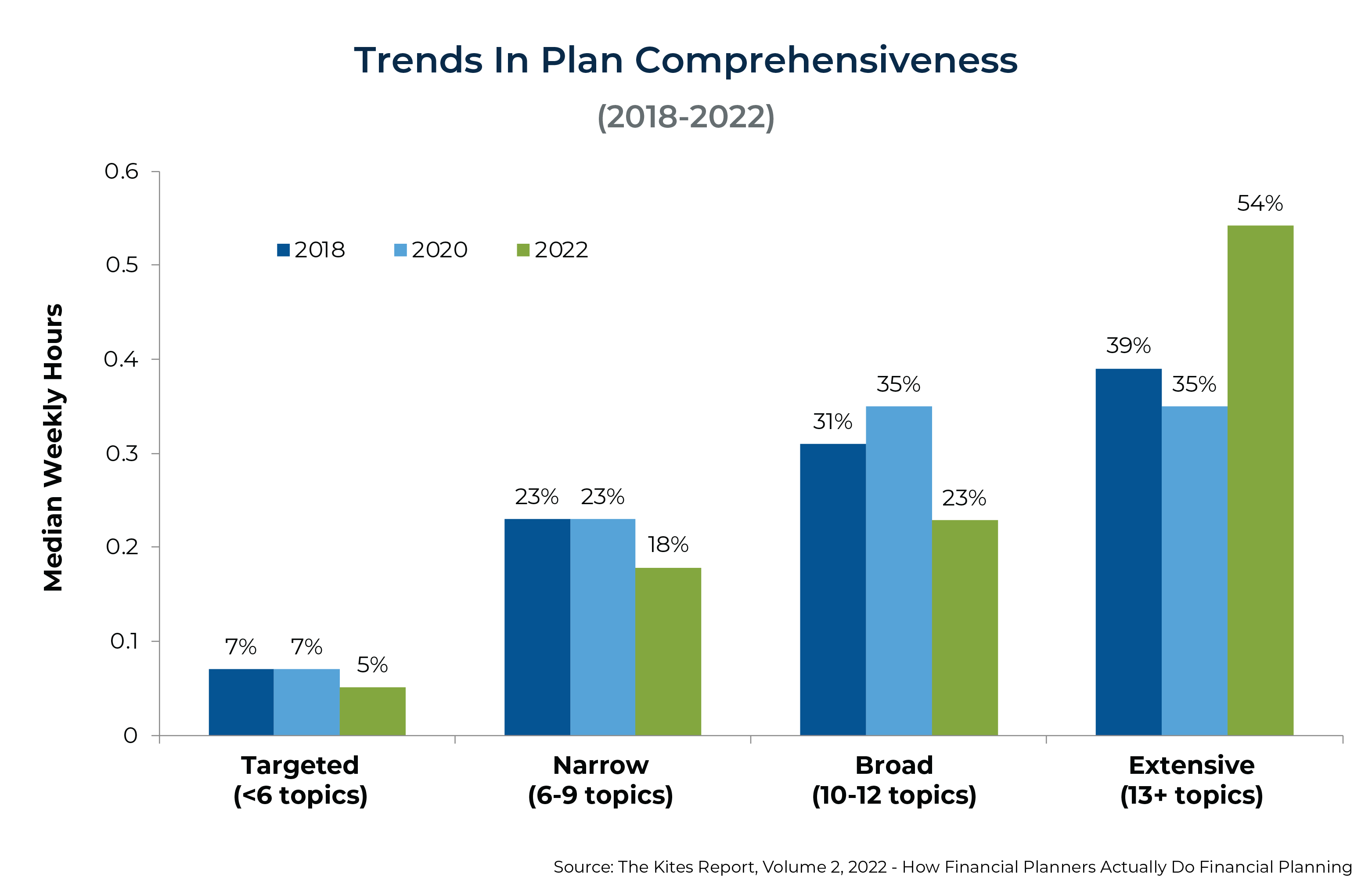
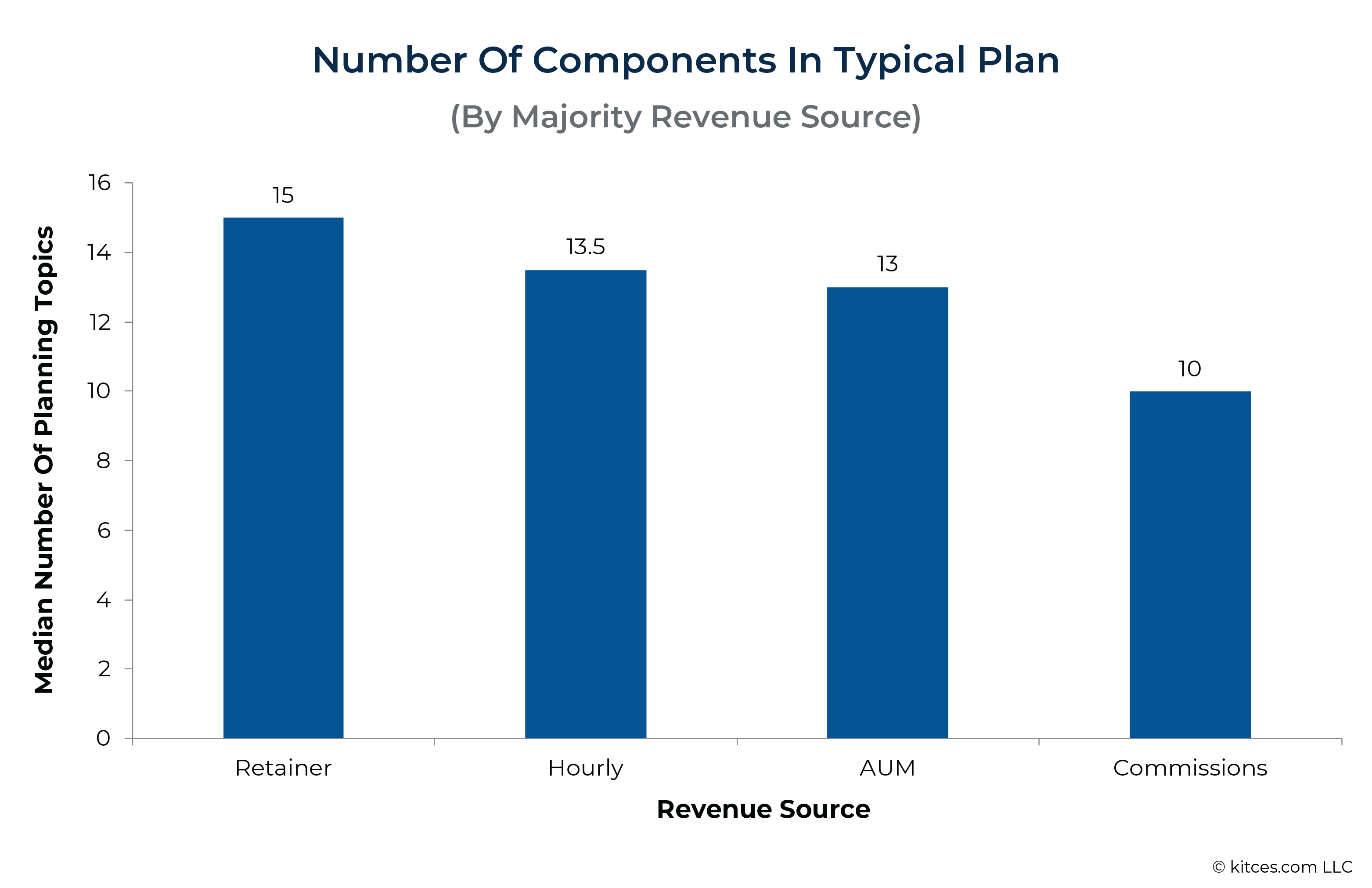
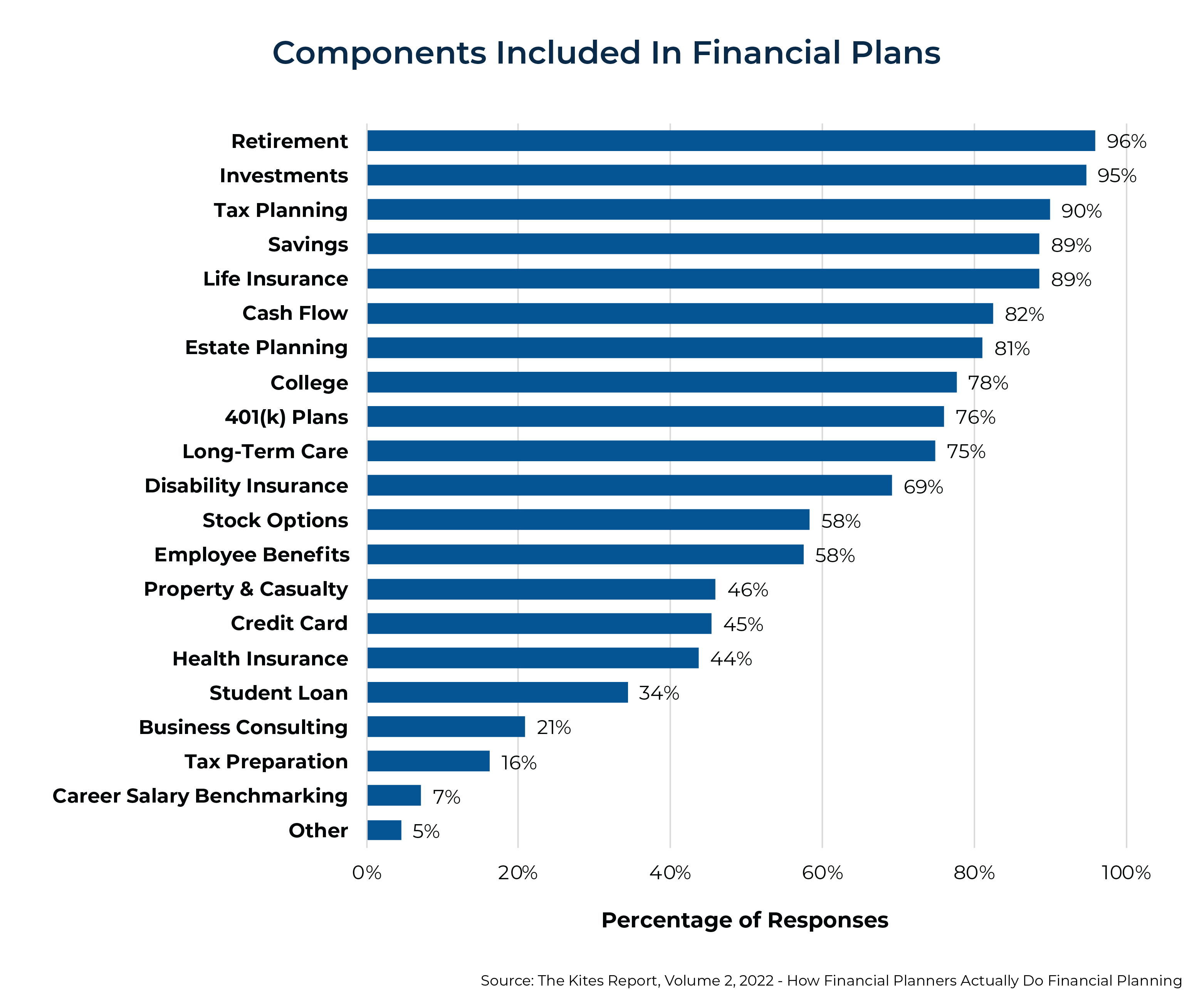
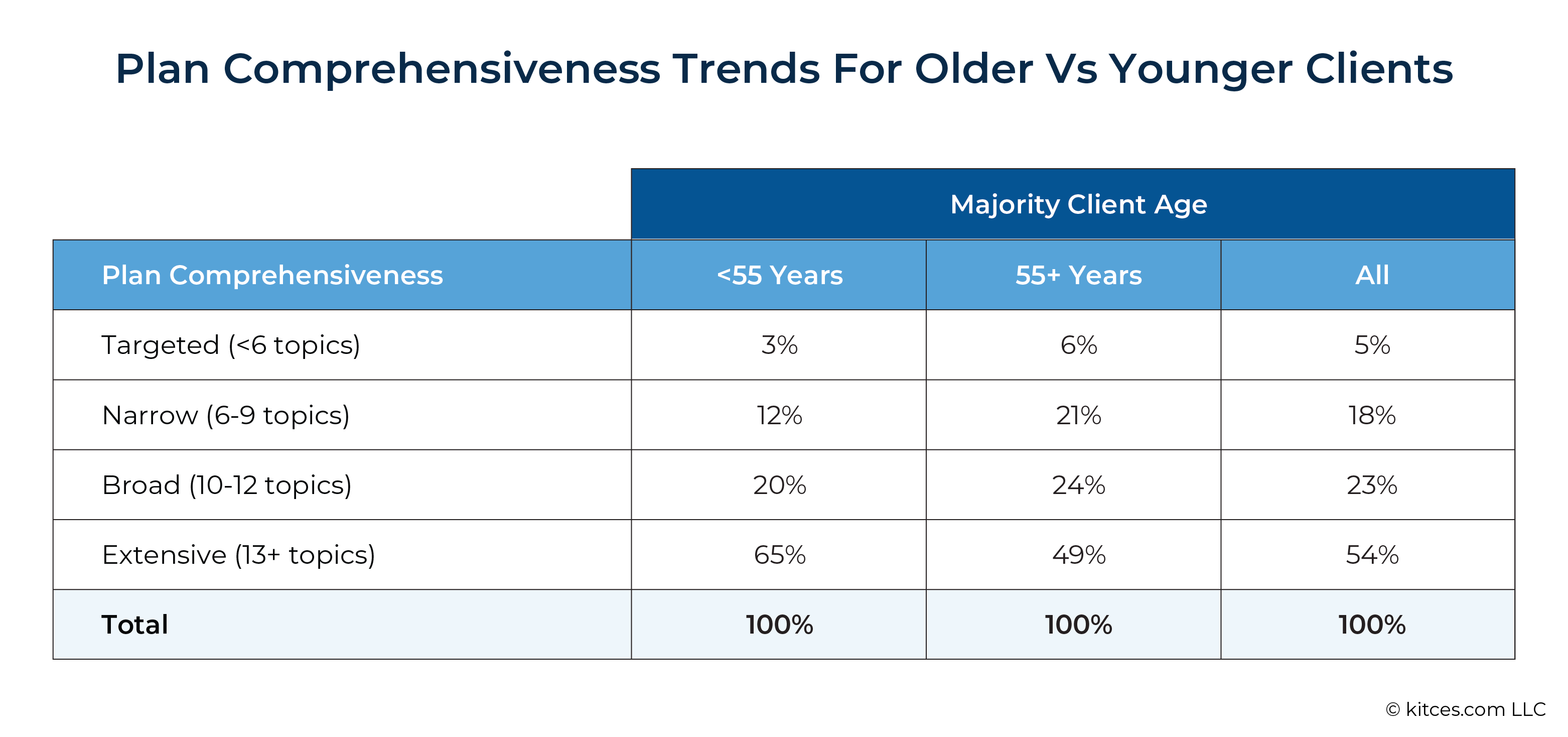
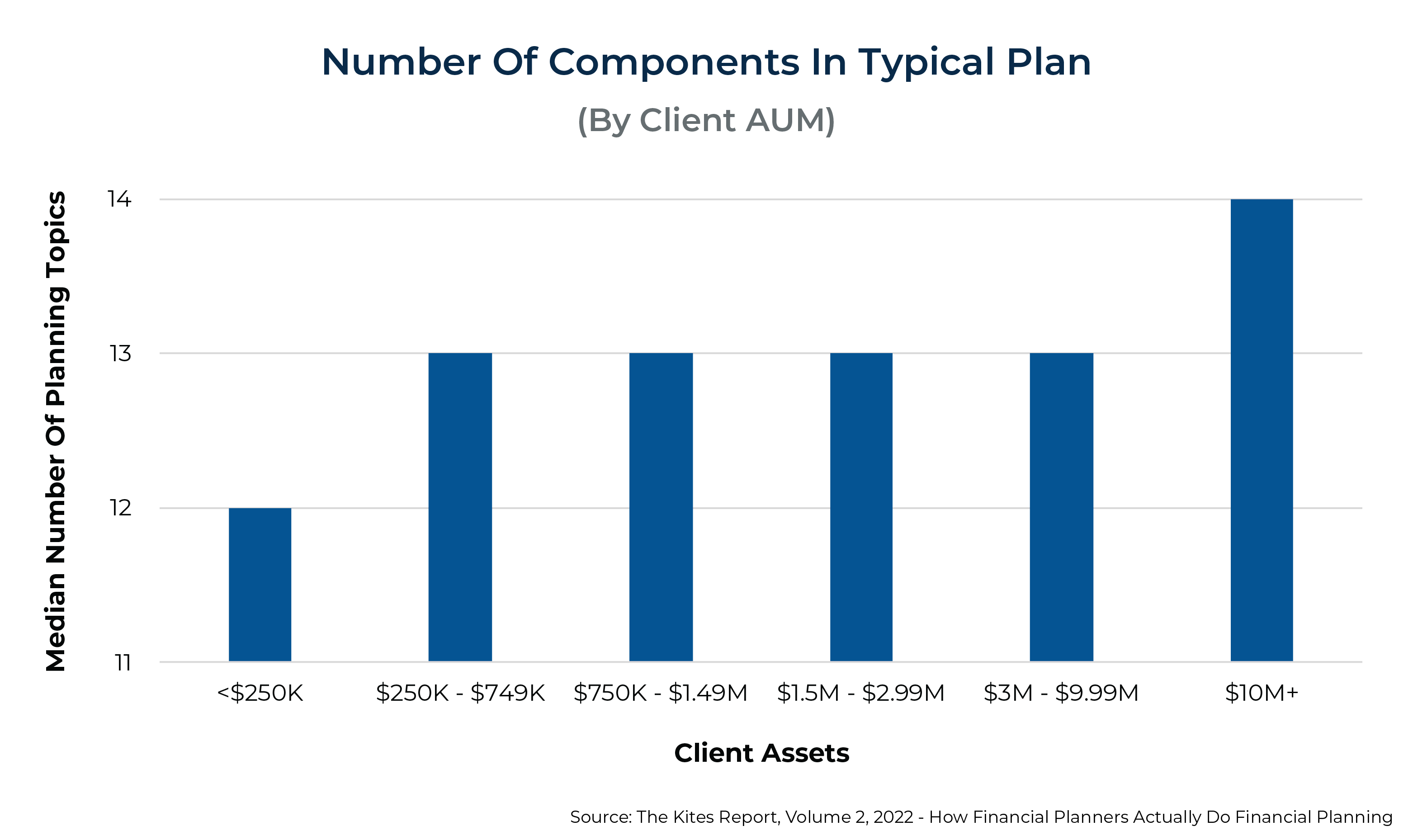
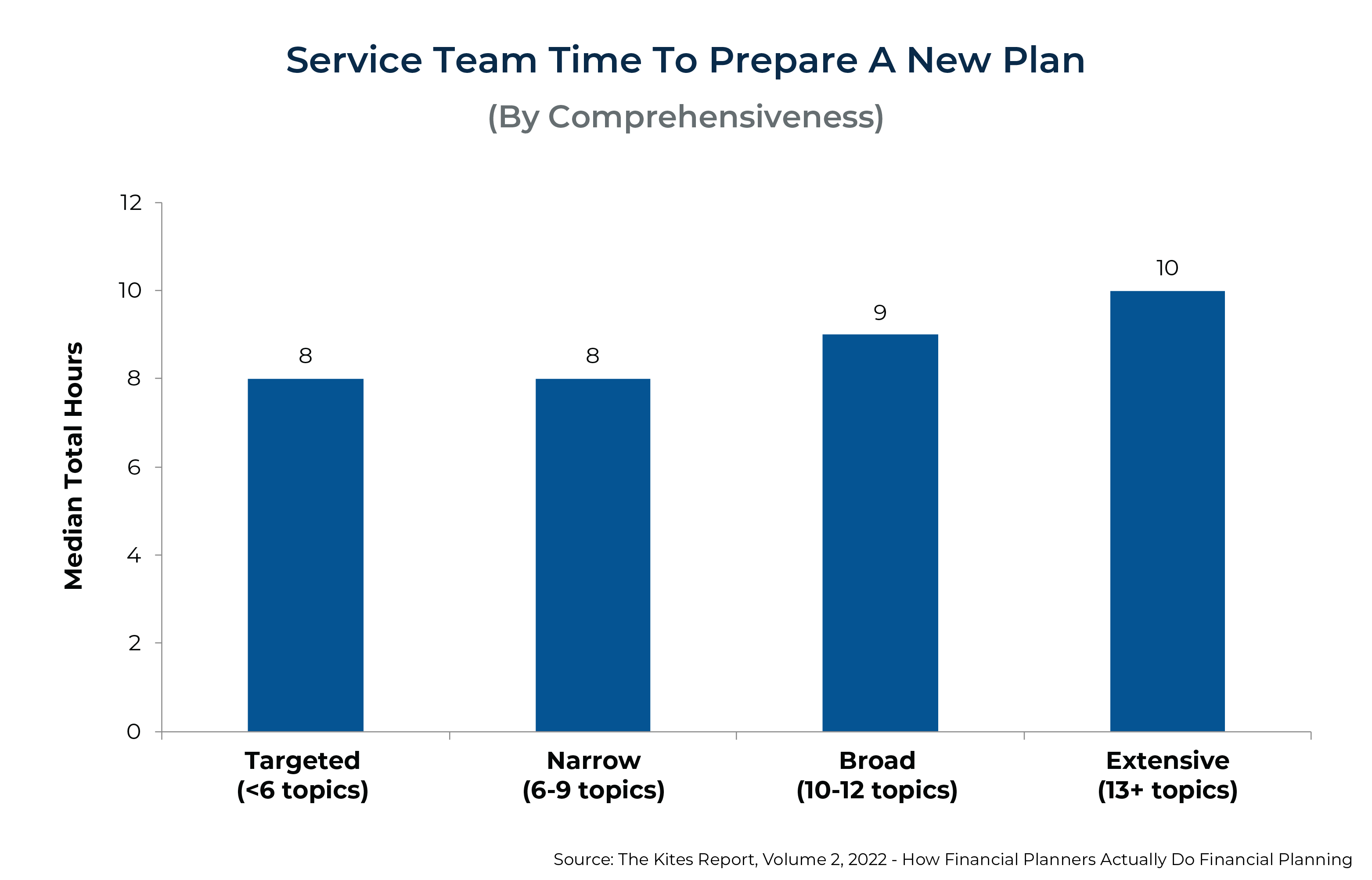
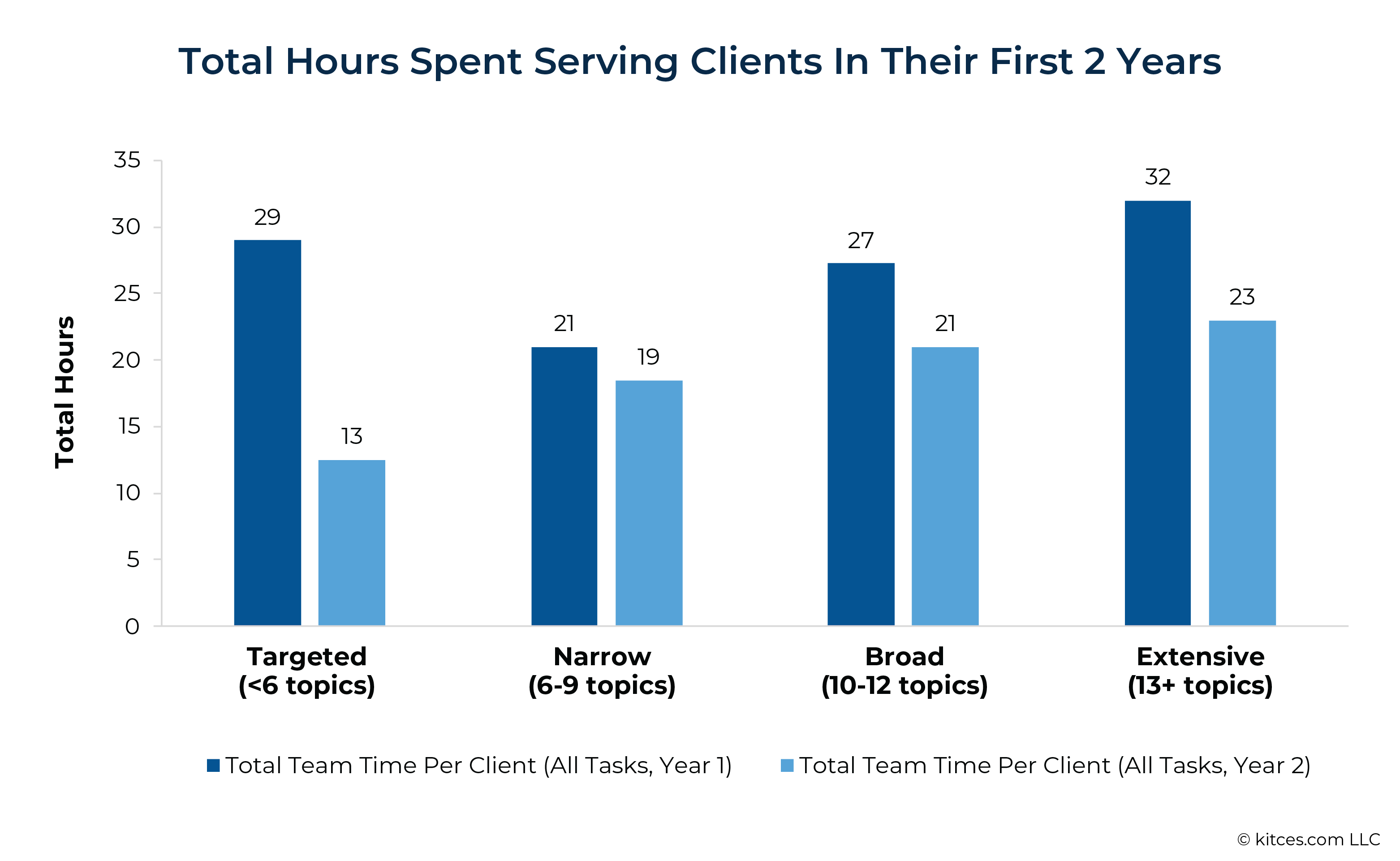
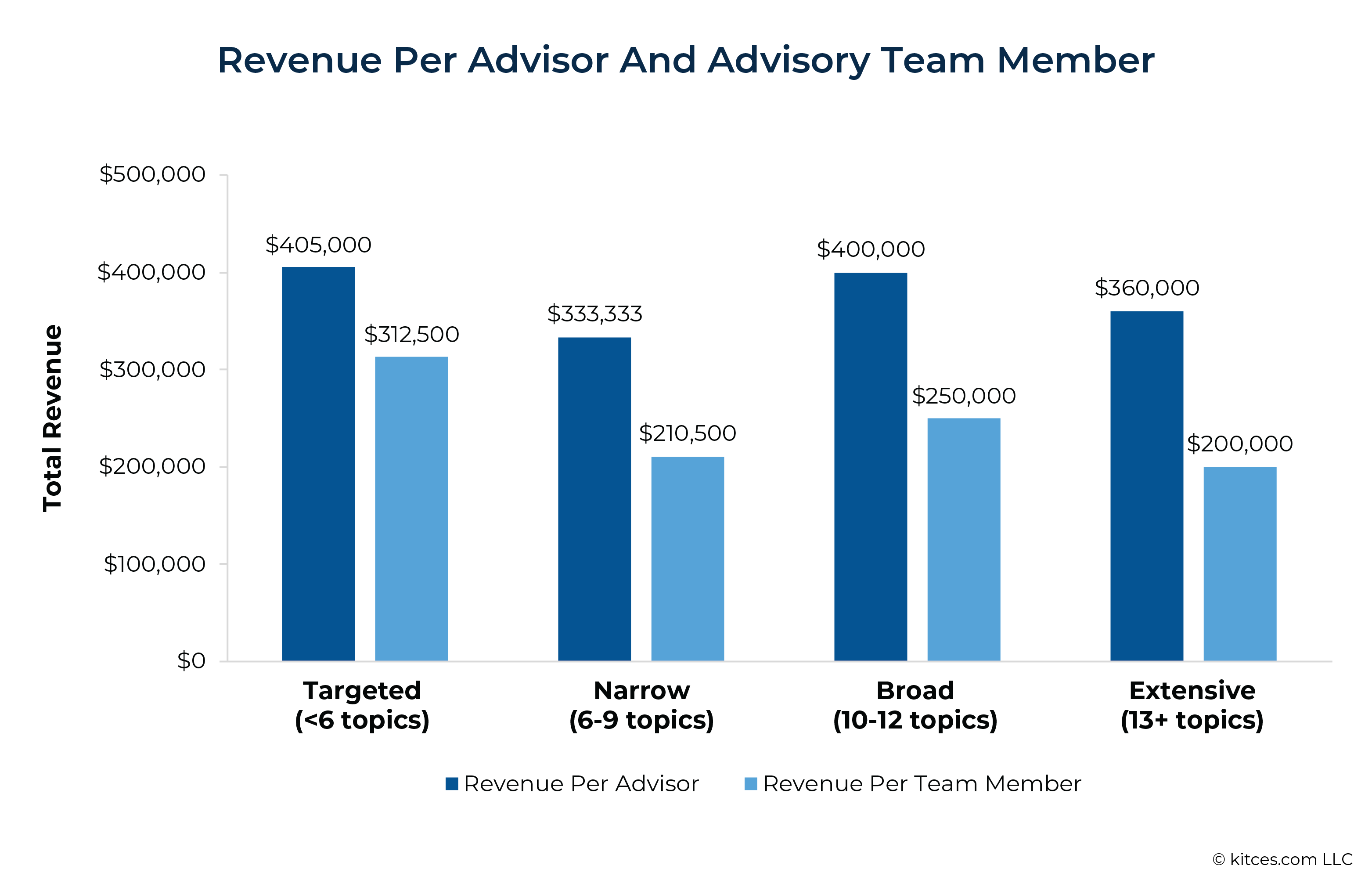
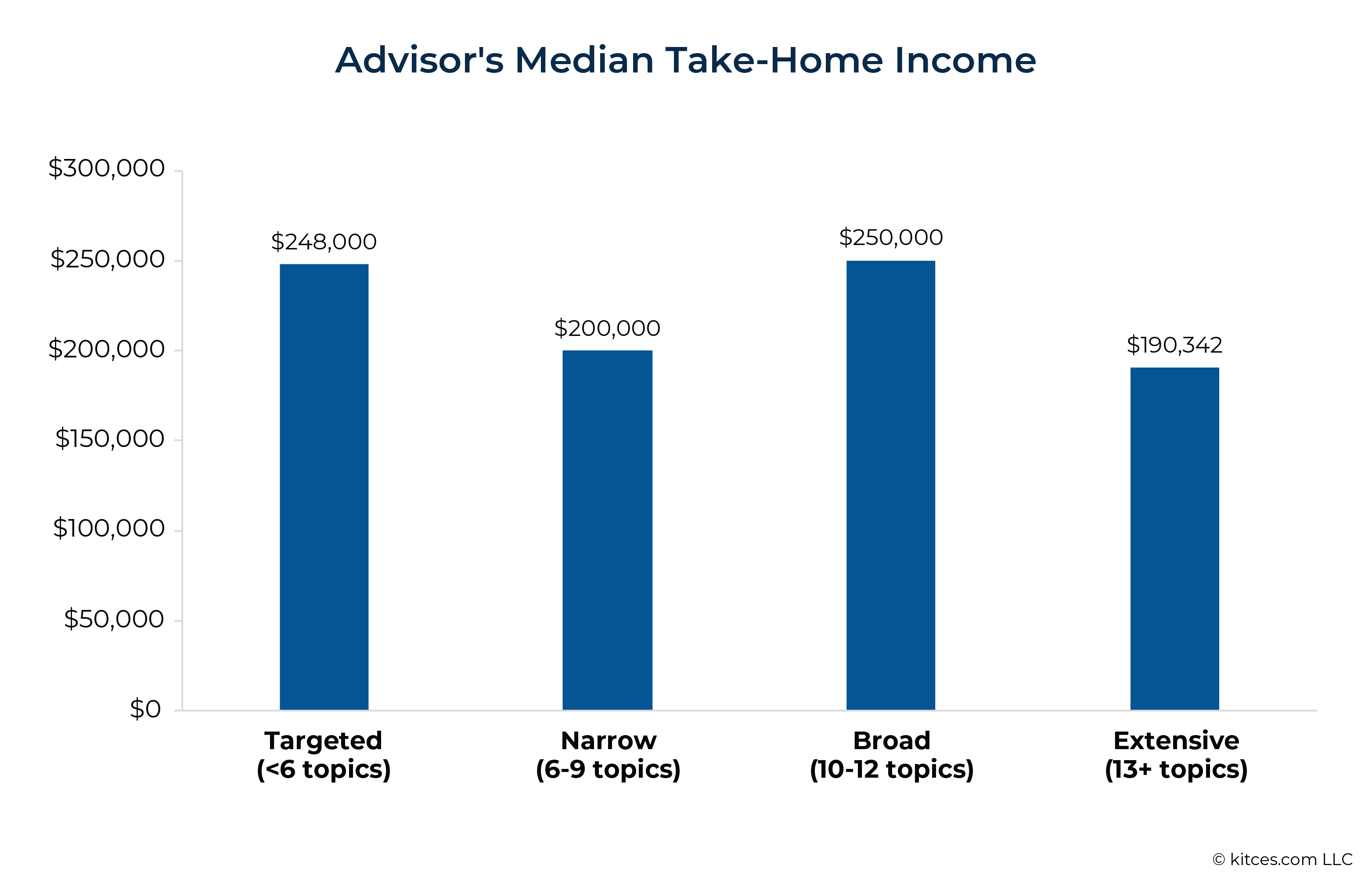
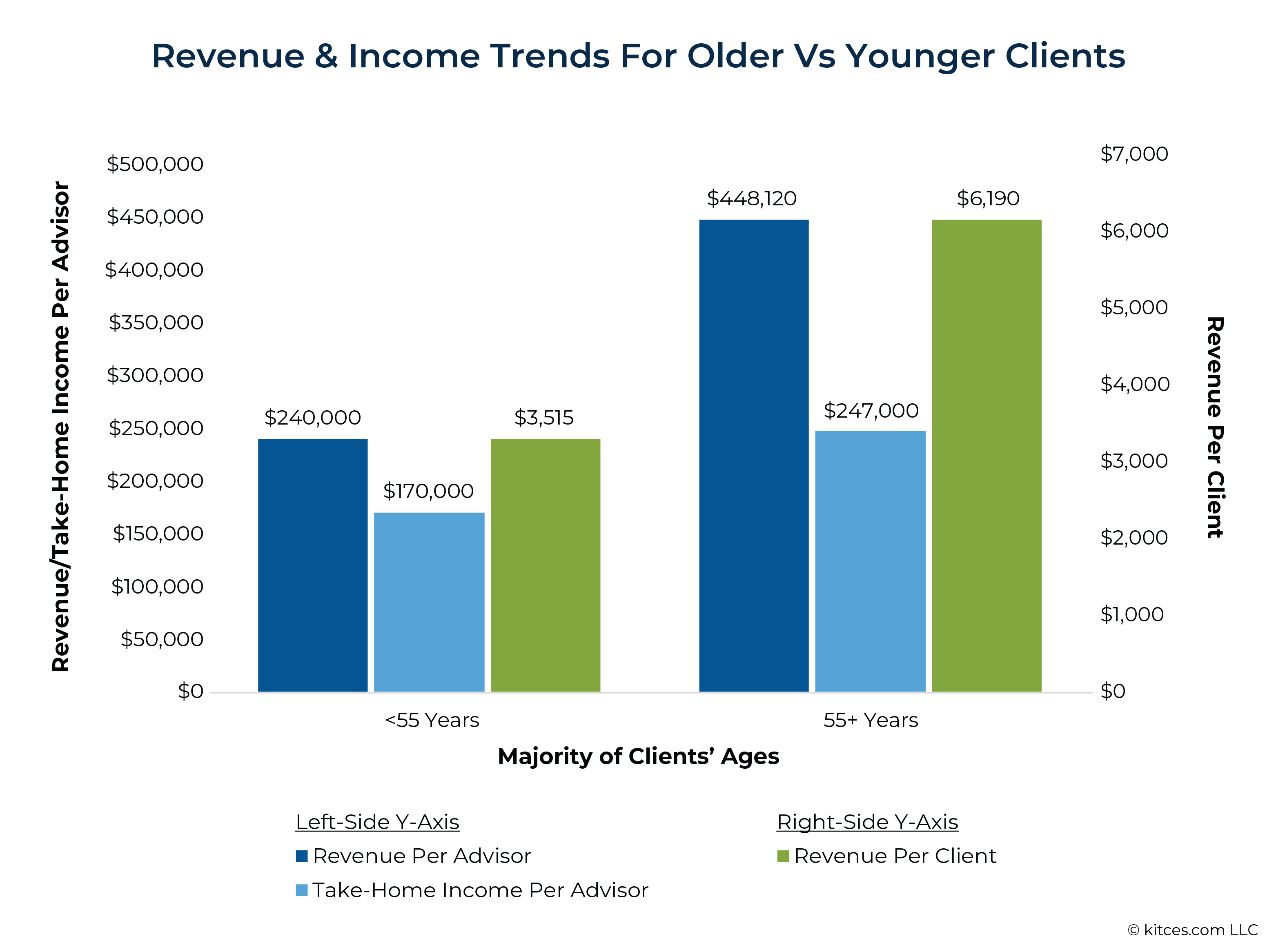
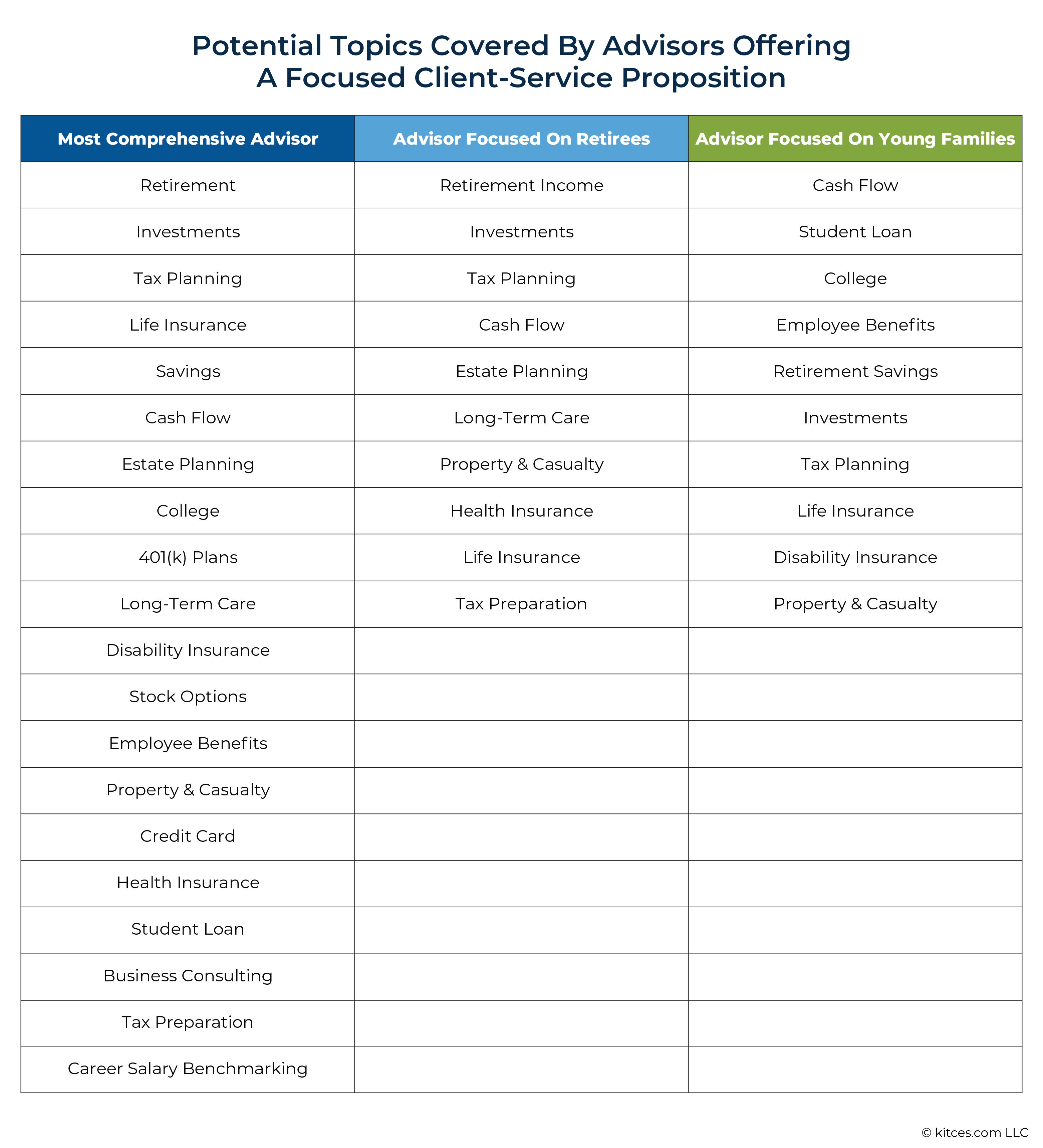



Leave a Reply